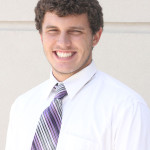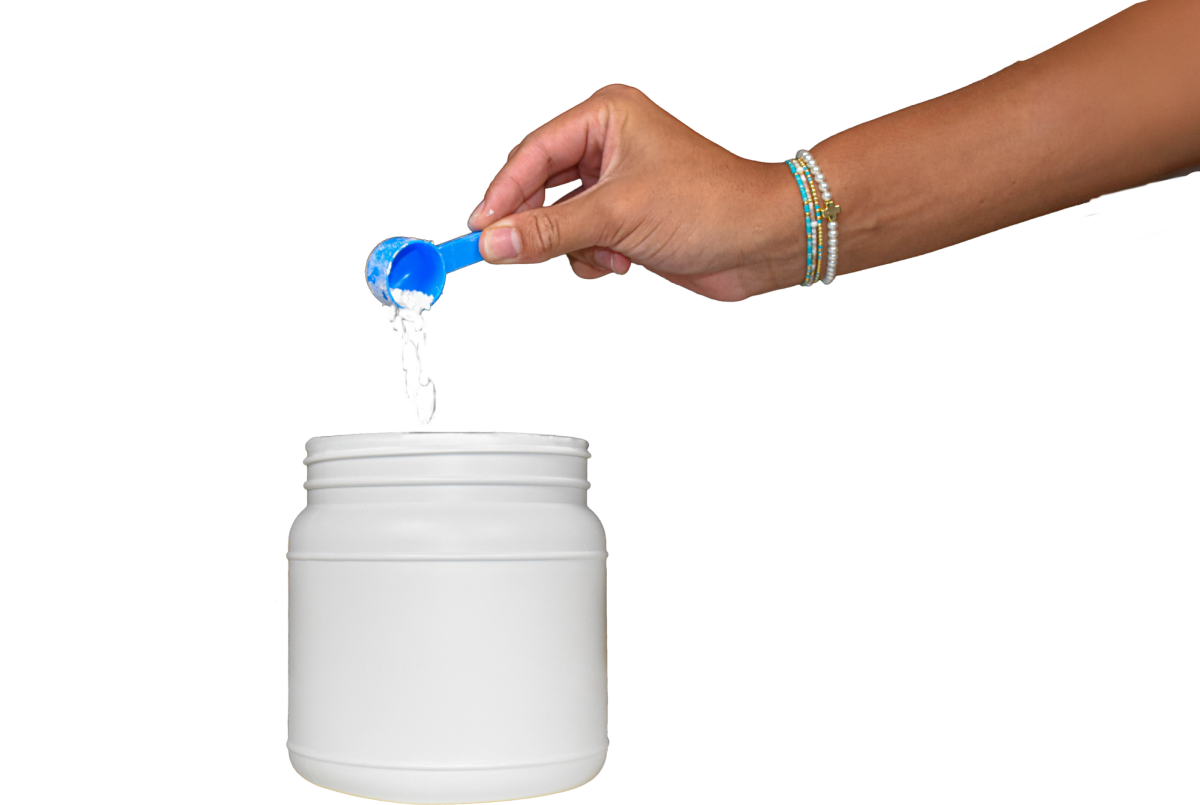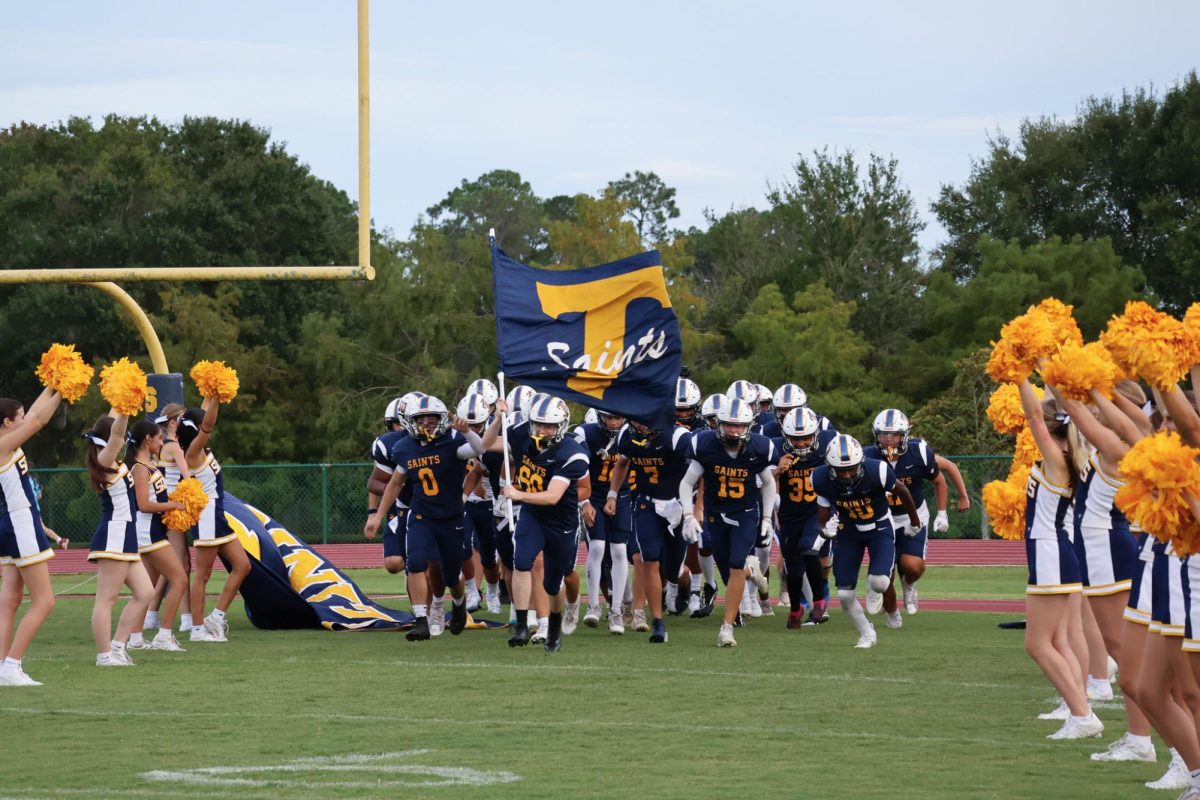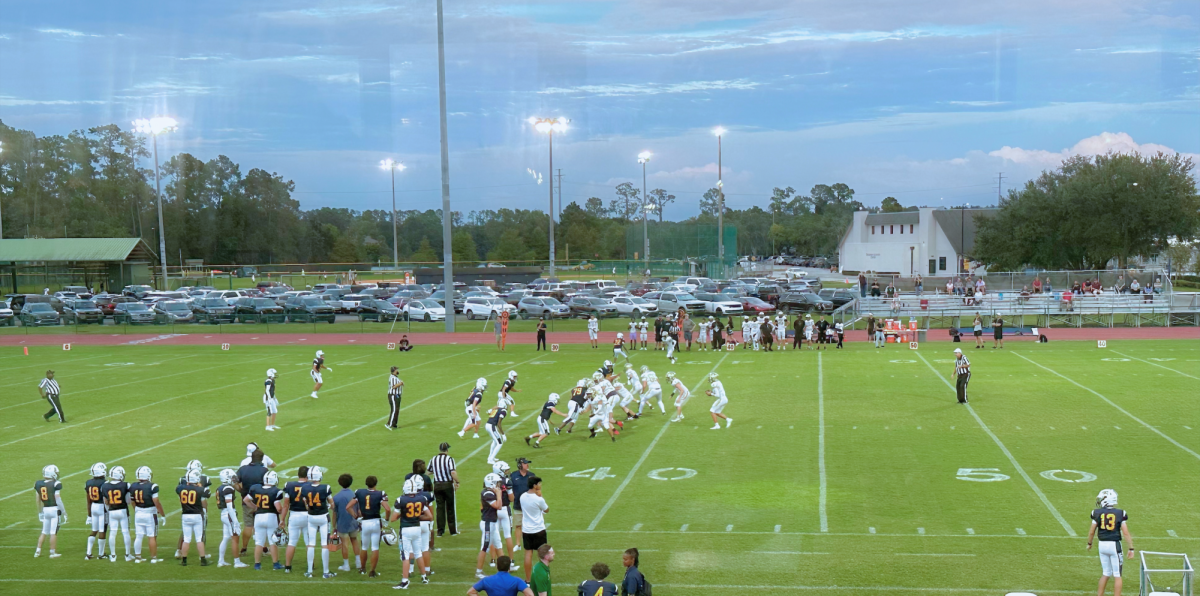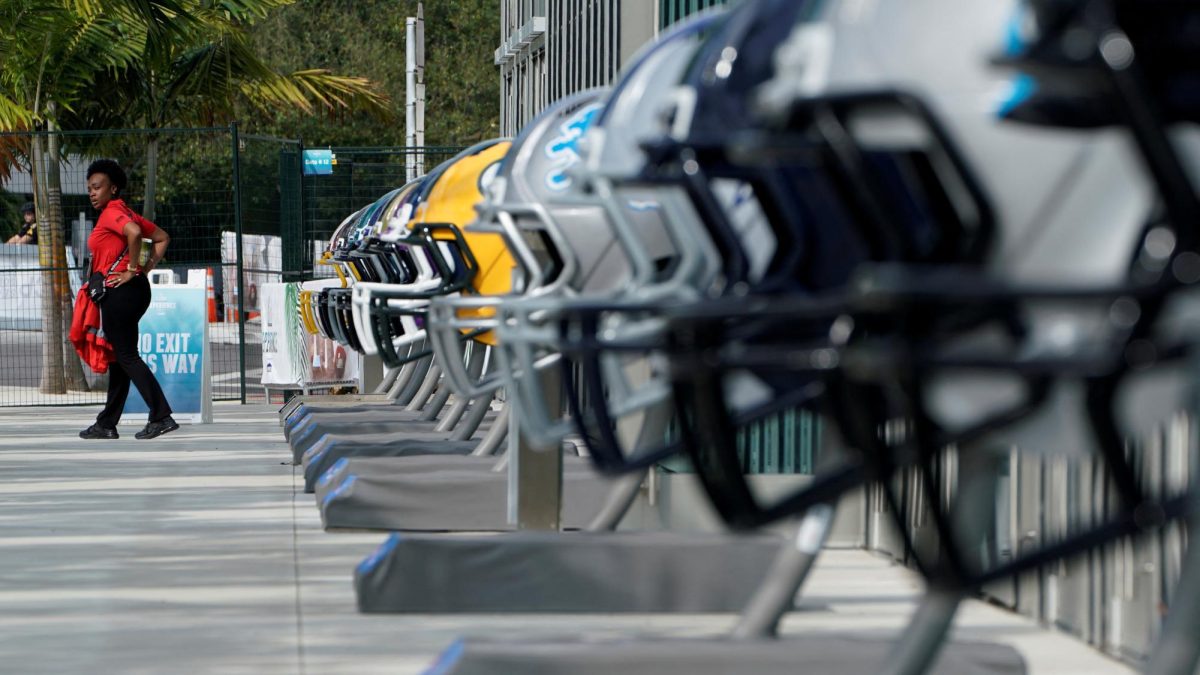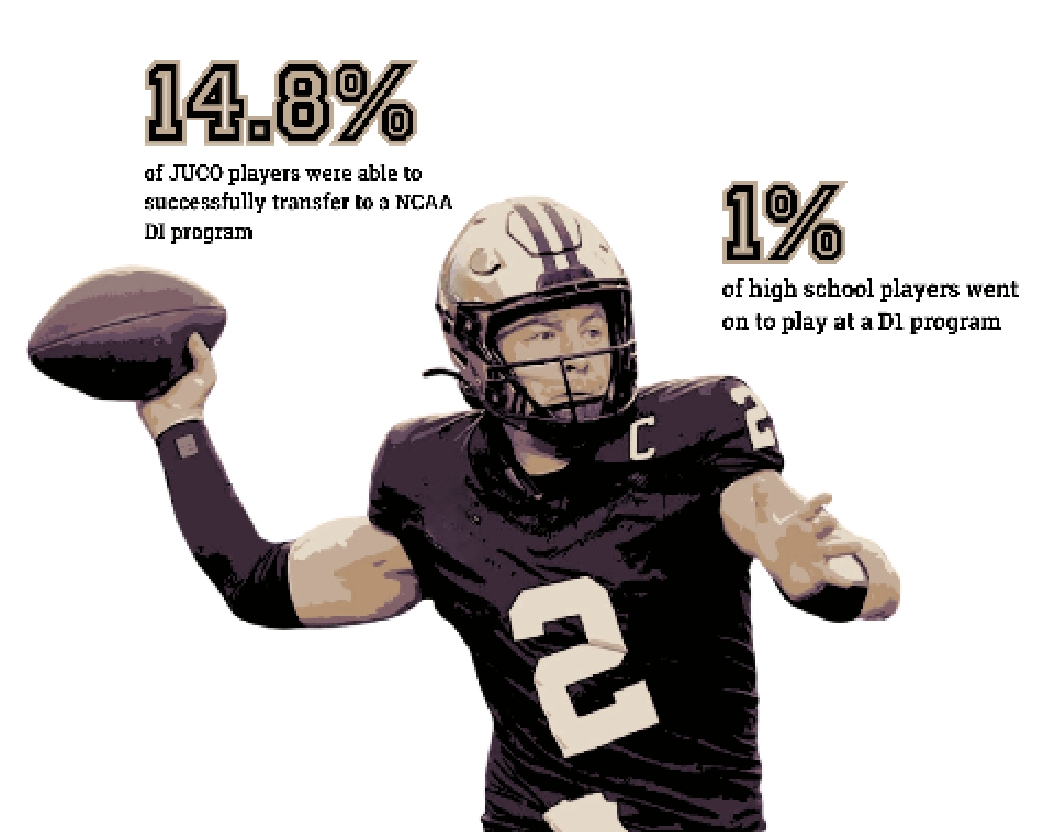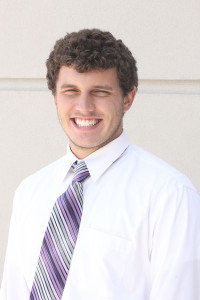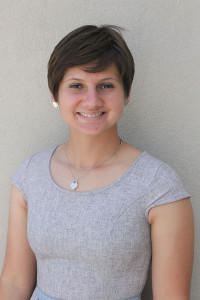
In his first year on the bowling team, senior Jack Curtis is already the third highest scorer. He’s a rookie on the team, but he sets an example of positivity and work ethic. Being a senior, he would be a leader on any team he participated, but his coach, Susan Frederick, insists this is different.
“Adjusting to the team would be an understatement,” she said. “He came in and solidly took the third position behind two strong bowlers. It is more like he melded with the team.”
It’s been a long road for Curtis to get back into sports, as its been a journey filled with disappointment and triumph.
Curtis was diagnosed with Hypertrophic Cardiomyopathy (HCM) in the fall of 2012. The heart condition is prevalent among competitive runners and according to Jack’s mom JoAnn Weisenford causes “an irregular thickening of the left ventricular wall, which causes an obstruction of the blood flow.”
“It prohibits me from pretty much all athletic activity,” Curtis said. “The doctor said I can bowl and golf, but nothing competitive. I’m allowed to lift light weights up to 20-40 pounds and do push-ups and sit-ups, but nothing intense like cross country or basketball.”
“Honestly, initially, I thought it was a blessing,” Curtis said. “I just thought, thank God I didn’t die before I got this diagnosis.”
For most 17 year olds, being restricted from ever playing a competitive sport again would be far from a blessing. All of the hard work on the court or field, all of the hours spent training, and all of the missed parties over the weekends because you were out of town on a travel team would be for nothing. Jack Curtis is not one of those kids; he has a natural gift of seeing the positive side of things and never allowing bad things to stay on his mind long. This talent was displayed throughout this last year, being demonstrated through Curtis’s life and life changes.
Curtis received his diagnosis six days before tryouts for his primary sport, basketball.
A couple months earlier, he had gotten an opinion from his cardiologist in Orlando who thought it was athlete’s heart, a condition that requires athletes to stop all physical activity to allow their hearts to return back to normal, but Curtis’s family wanted a second opinion.
During spring break, they traveled to Rochester, Minnesota, for an opinion of a top doctor in the field of athlete’s heart and HCM, but it wasn’t until October that the condition was diagnosed. Curtis’s step-dad, Coach Patten or PJ as his players call him, was the assistant coach for the varsity team and was looking forward to having Jack on the team until the news hit.
“Six days prior to varsity basketball tryouts his junior year, the leading expert in the field of HCM told Jack that he definitely had it [the condition],” Patten said. “When we walked out of the cardiologist’s office, Jack turned to us and said, ‘I guess I’m officially retired.’ It was a very somber moment, but Jack assured us he would be fine.”
Curtis said his ability to be positive, despite the circumstances, comes from his parents’ encouragement.
“They didn’t make it seem like it was devastating news,” he said. “They were like, alright, let’s get you doing something else.”
His parents were successful, Curtis has participated in many Trinity sponsored activities, like Quiz Bowl, Science Olympiad, bowling and assistant coaching 7th grade basketball.
“That meant so much to him. He had a great time working with Scott and the team, and he looks forward to being involved with the Trinity basketball program this year,” Patten said.
Curtis looks much further than simply how the condition will impact his senior year.
“For me, I don’t think it will have that huge of an impact because I wasn’t planning on participating on college athletics,” he said. “But the main thing for me is my future kids, because there’s a 50-50 shot that they’re gonna have it.”
“Sports have taught me hard-work, dedication, tenacity. That was the hardest thing for me, and I discussed it with my parents, how am I going to teach my kids these life lessons through sports,” he said.
Curtis’s tenacity to improve spread through the bowling team, and was recognized by his coach. Frederick believes Curtis can be a valuable asset to the team and can contribute to the team during District play, which is what any true competitor works for.



